 How long have you been in the museum field and what prompted (or inspired) you to seek the “big chair”?
How long have you been in the museum field and what prompted (or inspired) you to seek the “big chair”?
My museum “career” began 35 short years ago as a member of the Conner Prairie Board in about 1980. In 1983, Polly Jontz Lennon, my museum mentor asked me to join the staff where, after eleven years, I was a committed museum professional! In my first week as CEO of Genesee Country Village & Museum outside Rochester, NY I received a surprising phone call from Polly Jontz. She shocked me saying that she was retiring from Conner Prairie. She realized that organizations must change and they must constantly reinvent themselves to continue to be vibrant. She realized she didn’t want to do that again. She retired that year leaving it to others to take the museum to the next level.
Over the past two years, we fought hard for the $208 million to restore Union Terminal, which included a $170 million voter approved sales tax. As we all battled every day for that victory, I wondered if I wanted to do what was required next. Thus, for me in 2015, as it was for Polly in 1995 twenty years ago, I felt it was time to leave it to others to take Cincinnati Museum Center and the National Underground Railroad Freedom Center to the next level.
All who know my DNA know that there is no “big chair” in my future! I will be working on the Union Terminal restoration project and I hope (if asked) that I might be able to help other organizations grow strategically. Possibly the lessons of Cincinnati Museum Center, the public funding process, and merger with the National Underground Railroad Freedom Center might be helpful to other organizations.
I realized last summer, I wanted to be doing some-thing, just not the CEO-thing every day! I wanted to choose what I do and not have to do whatever is required!
Skip over related stories to continue reading articleOne of my greatest teachers and friends, the late Dick Palermo who was a consultant, told me that he loved consulting because it was teaching students who were much invested in learning. Peter Drucker addressed this saying, “We now accept the fact that learning is a lifelong process of keeping abreast of change. And the most pressing task is to teach people how to learn.”
I know you have loved your “job” and though retired, you’re still consulting. Still, looking back over your career, is there anything you would significantly change? Or is this one of those questions you hate?
I wish I had figured out how to live a balanced life but I always gave 100% to my work. In some respects I believe what we do is so very important that we must give all we can; when I began at Cincinnati Museum Center its very survival was uncertain—so many of us gave 100%.While balanced lives are sensible, I also am thankful for those who are not balanced. Steve Jobs may be one of the greatest CEOs and innovators of the past quarter century; he changed the way we work, how we play, and how we learn. He is universally applauded yet he had his critics. He was harsh in his criticism of mediocrity; some saw him as an egomaniac and others, as a control freak.
So, what would I change? I believe museums change communities; they teach, they change people’s lives. They are vital to the human spirit. Thus, knowing that great achievements require great sacrifices, I wouldn’t change a thing!
How did you prepare the Cincinnati Museum Center—its staff and Board—for your retirement?
Preparing the public for a CEO leadership change was not possible as we went through the process of merging the National Underground Railroad Freedom Center into the Cincinnati Museum Center organization and as we went through the highly public sales tax campaign.
The best thing we can do to prepare our organizations for change is to hire very talented staff and develop the leadership with varying and increasing responsibilities.
In October of 2007 and in January of 2008 I hired two very talented young, smart, articulate women. I told both of them they could be a museum CEO someday and perhaps CMC’s CEO. In 2013 Tonya Matthews became CEO of the Michigan Science Center and I was thrilled that the Cincinnati Museum Center board named Elizabeth Pierce as Interim CEO of Cincinnati Museum Center and the National Underground Railroad Freedom Center.
Hire talented people who can step forward when you step aside.
When you look into your crystal ball, what do you see as the future of museums in the U.S.? In the world?
Museums must compete. Museums are a vital piece to our education infrastructure and yet they are seen as “extracurricular” and as entertainment venues where some learning takes place. Recognizing that my statement will be challenged, I believe museums are better positioned than libraries to address the educational needs of our communities. However the federal funding for libraries is six times that for museums and, in Ohio, library funding from the state is fifteen times that for museums and all performing arts.
I don’t believe we are competing with libraries; we are competing to be recognized for how we can change the world in which we live. The library comparison is to jolt us to understand we have a long way to go and this is not the time to be reticent.
Museums must go beyond the traditional definitions of curation. Curation is most valuable when we build upon our knowledge of works of art, historic and scientific artifacts, and research; and, as Jorge Wagensberg said, “to explain the real, we must but use the real.”
Today the world seeks understanding and solutions. Museums must become teachers of families, adults and children. Schools teach science yet this learning is not enough; we only spend 9% of our lives in school. We never stop learning and today, the media and internet have become the teachers.
Museums are needed today more than ever. Museums curate content, museums speak the truth. There is one truth about vaccines—they save lives and don’t cause autism. Yet today vaccination rates are dropping; intelligent people who are highly educated regard all information as data for consideration. Read Michael Specter’s book, Denialism: How Irrational Thinking Harms the Planet and Threatens Our Lives and know that museums are critical; we must curate and inform the public that all data is not equal and that logic must be applied to science, our past and to deciding the future.
Do you have any advice for emerging professionals with aspirations of being executive directors/CEOs?
Being a CEO, you are in the midst of everyone and yet you are alone. Get away from everyone and think. Creativity and inspiration comes from the silence and contemplation, not a meeting. Know what is vital, what will change the future of your organization and be relentless and stubborn to pursue the few things that matter.
Being a leader is to chart a course of action not considered by others and then be persuasive and lead. While constantly listening and learning to make corrections in direction, leadership is not “group think” nor is it consensus. As Einstein said, “The one who follows the crowd will usually go no further than the crowd. The one who walks alone is likely to find himself in places no one has ever been before.”
If others have placed confidence in your leadership, then lead!
Any other words of pith and wisdom you would like to share with your colleagues in the C-Suite?
Push the edge. These are important times; don’t measure success by dollars raised or the size of capital campaigns—change the lives of those in your communities. If your museum was to close, would there be a public outcry?
We are called to very important work; give it your all. I have been blessed to have spent most of my career at two great museums. The museum field is a special profession and we are all privileged to be part of it.
Change in my life will include many days on our farm just outside of Ripley, Ohio, with its connections to our childhood farm upbringings—its woods, pastures, bubbling springs, creeks, pre-civil war rock fences, an 1858 log cabin barn and cottage which makes it a special place. There we experience what Henry David Thoreau described in writing, “An early-morning walk is a blessing for the whole day.”
I am looking forward to providing counsel to Cincinnati Museum Center on the Union Terminal restoration project but also traveling, tending to cattle and cropland on our farm, writing about some of my personal experiences, doing selected consulting, photography and writing about the future of museums and spending time with my family and friends.
Thank you for all of the wonderful museum colleagues/friends who have always helped me and inspired me.
Betty Brewer serves as President and CEO of Minnetrista, a 40-acre site with a museum, historic homes and gardens. She has held this position since 2005. Ms. Brewer has served the museum field for 30 years, including being a past chair of the Leadership and Management Professional Network and presenting sessions at national, regional, and state conferences and webinars.
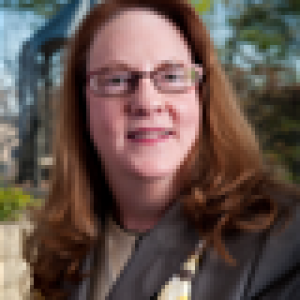
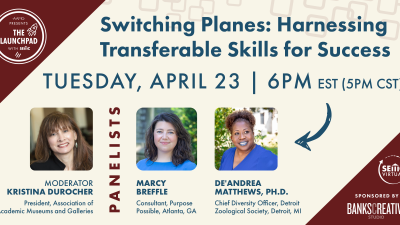




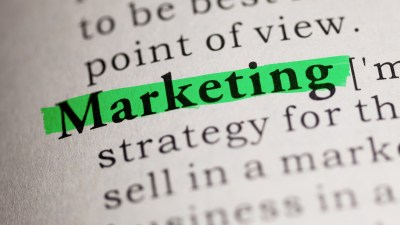
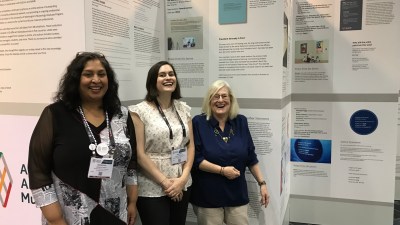
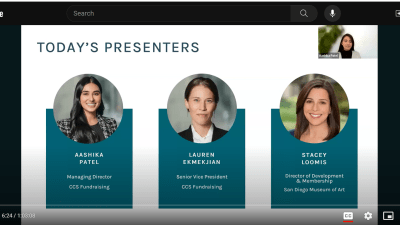
Comments